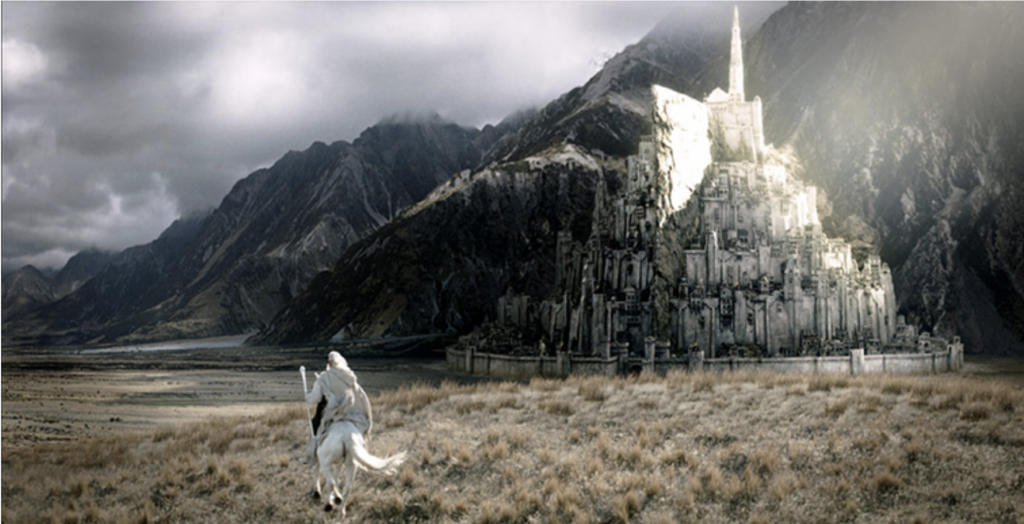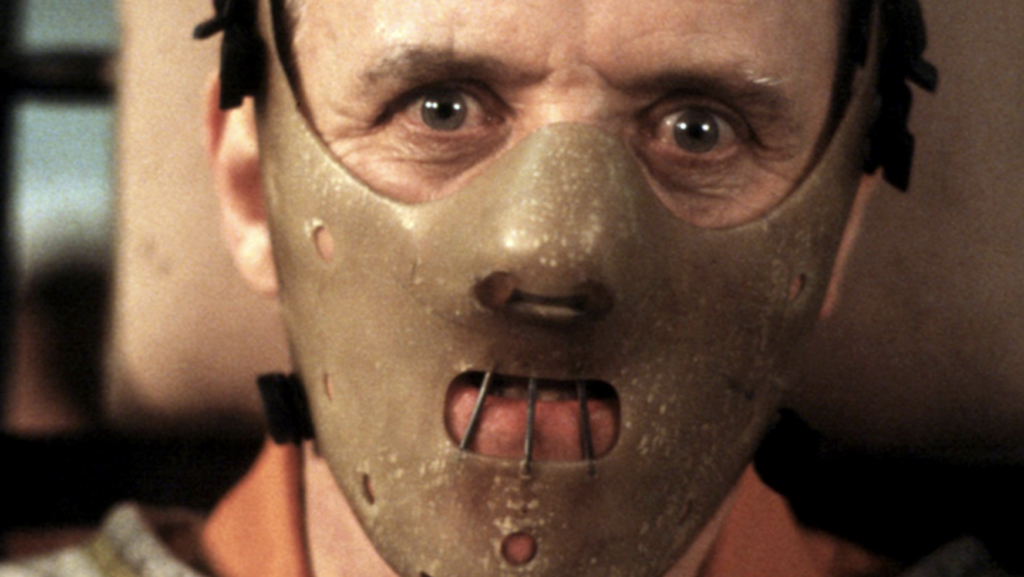Are you struggling to create videos that truly engage your audience? Wondering how to make your content more captivating and compelling? The secret lies in mastering the art of shot sizes – a powerful element in videography that can truly transform your storytelling. Understanding shot sizes in videography is essential for crafting compelling narratives that resonate with viewers.
In this blog post, we’ll dive deep into the world of shot sizes and their impact on your videos. We’ll explore how shot sizes enhance storytelling, evoking emotions and engaging your audience profoundly. By learning how to effectively use various shot sizes, you’ll gain the power to create visually captivating videos that leave a lasting impression. Shot size is a crucial aspect of video composition as it determines the framing and perspective of each shot, playing a significant role in shaping the visual storytelling and overall impact of the video. By carefully selecting and varying shot sizes, you can create a compelling composition that effectively communicates and engages your audience. To learn more about video composition please read our blog post “Captivate Your Audience with Video Composition”
videography, different shot sizes play a crucial role in telling different parts of the story. Each shot size serves a unique purpose, conveying specific emotions, and highlighting particular aspects of the story.
The Extreme Wide Shot
The extreme wide shot, also known as the establishing shot or extreme long shot, is a powerful tool in videography that sets the stage and establishes the context of a scene. In an extreme wide shot, the subject appears small in the frame, while the surrounding environment dominates the composition. This shot captures a vast expanse of space, giving viewers a sense of the overall setting and scale.

Still from Lord of the Rings: The Return of the King
One of the key uses of an extreme wide shot is to provide viewers with a sense of location and context. It allows them to understand the surroundings and get a visual grasp of the scene before diving into the details. Extreme wide shot sets the scene with sweeping landscapes, bustling cityscapes, and impressive architecture.
The extreme wide shot can also be employed to convey the scale and grandeur of a subject. By showcasing the subject in relation to its surroundings, it highlights its size, magnitude, or significance. For example, capturing a lone figure standing amidst a vast desert or a massive structure against a clear sky can evoke feelings of awe, solitude, or insignificance.
When used effectively, extreme wide shots can have a profound impact on storytelling. They immerse viewers in the world of the video, evoke emotions, and create a sense of awe or wonder. For instance, in epic adventure films, sweeping extreme wide shots captivate the audience and set the tone.
By incorporating extreme wide shots strategically into your videos, you can captivate your audience, convey a sense of place and scale, and enhance the overall storytelling experience.
The Wide Shot
Wide shots capture subjects and surroundings, giving a broader perspective and setting the scene. In a wide shot, the subject is visible from head to toe or from top to bottom, with ample space around them.

still from Days of Heaven
The primary purpose of a wide shot is to establish the context and show the relationship between the subject and its surroundings. It allows viewers to understand where the scene is taking place and provides a visual framework for the subsequent shots. Whether it’s a crowded street or the countryside, the wide shot sets the stage and gives viewers a sense of the environment.
Wide shots are particularly effective when it comes to showcasing large-scale events or highlighting the interaction between multiple subjects. By encompassing a wider view, they capture the scope and dynamics of the scene. For instance, in a sports event, a wide shot can capture the entire playing field, showcasing the movement of players and the overall atmosphere of the game.
Incorporating wide shots into your videos allows you to establish context, showcase the overall scene, and provide a comprehensive view for your audience. They enhance storytelling by providing a visual anchor and offering a broader understanding of the subject’s environment.
The Medium Shot
The medium shot is a versatile shot size that captures the subject from the waist up or from the knees up. It provides a balanced view, showing the subject and their immediate surroundings. The medium shot strikes a balance between the intimacy of a close-up and the context provided by a wide shot, making it a popular choice.

still from Titanic
The primary purpose of a medium shot is to capture the subject in relation to their environment. It allows viewers to see the subject’s body language, facial expressions, and gestures, providing insights into their emotions and actions. The medium shot offers a more intimate view while still maintaining a sense of the surroundings, creating a connection between the subject and the audience.
This shot is often considered to be a neutral shot because it closely resembles how we naturally perceive the world. It captures the subject at a distance that is neither too close nor too far. This framing closely mirrors our everyday visual experience, allowing the audience to easily connect with the subject and the scene.
Medium shots are widely used in narrative storytelling, interviews, and dialogue-driven scenes. They allow viewers to observe the subject’s interactions, reactions, and expressions, enhancing the understanding of the story and the characters. In an interview, A medium shot captures interviewee nuances, adding depth and authenticity to their responses. Medium shots convey emotions and dynamics in dialogue scenes, immersing the audience in the conversation.
Incorporating medium shots into your videos adds an element of authenticity and depth to your storytelling. These shots capture the subject and their surroundings, offering a balanced perspective that resonates with your audience. By including medium shots, you provide a deeper understanding of the subject’s emotions, actions, and interactions, allowing the viewers to connect with the story more. This connection enhances the overall engagement and impact of your video.
The Closeup Shot
A close-up shot is a powerful shot size that focuses on capturing a subject’s face or a specific detail with great proximity. This shot effectively highlights emotions, expressions, and intricate details that might otherwise go unnoticed. By zooming in on the subject, the close-up shot creates an intimate and personal connection with the viewer.

still from Silence of the Lambs
The primary purpose of a close-up shot is to evoke strong emotions and create a sense of intimacy. It allows the audience to delve deeper into the subject’s thoughts, feelings, and reactions, bringing them closer to the narrative. Whether it’s capturing a tearful eye or a smile filled with joy, close-up shots provide an up-close and personal experience.
A close-up shot is framed by focusing on a subject’s face or a specific detail at a close proximity. The frame typically encompasses the subject’s face, from just above the head to the shoulders. This framing focuses on small details because the subject is filling the majority of the frame. This tight framing intensifies the emotional impact and creates a sense of proximity.
Close-up shots excel in capturing details that can convey significant meaning or symbolism. It allows the viewers to notice facial expressions or small movements that add depth and richness to the story.
When used effectively, close-up shots have the power to create a strong emotional connection with the audience. Close-up shots can be particularly impactful in portraying intimate conversations, emotional scenes, or pivotal moments that require heightened focus and attention.
The Importance of Varying Your Shot Sizes
Varying shot sizes is an essential technique in videography that can significantly enhance the storytelling and engagement of your videos. If we’re being honest, videos that use a wide array of shots are just more compelling for a few reasons;
First, the use of varying shot sizes adds visual interest and keeps the viewer engaged. A sequence of shots that solely consists of wide shots can feel monotonous and lack intimacy. However, by introducing close-ups and even extreme wide shots, you provide a visual variety that keeps the audience connected to the story.
Second, different shot sizes serve specific storytelling purposes. Wide shots are excellent for establishing context, setting the scene, and showcasing the environment. They provide a sense of space and allow the audience to understand the larger picture. On the other hand, close-up shots emphasize emotions, capturing subtle expressions and details. Medium shots strike a balance between context and intimacy, showing the subject and their surroundings, and providing a well-rounded view.
Not to mention, varying your shot sizes helps keep a viewer interested because you’re interrupting their viewing pattern. Already on TikTok and Reels, viewers are used to seeing these static shot videos, so varying your shot sizes will help your videos stand out.
Conclusion
Understanding shot sizes and their impact on storytelling is a game-changer for creating more engaging and compelling videos. By incorporating various shot sizes, from the extreme wide shot to the intimate close-up, you can immerse your audience more into your story. But to truly harness the potential of shot sizes, it’s essential to plan your shots strategically.
Our Video Planner is designed to help you streamline your pre-production process and craft visually captivating videos. With the Video Planner, you can effortlessly incorporate composition techniques, frame your shots effectively, and tell a more compelling visual story. By carefully considering the shot sizes, you can create a dynamic and cohesive video that captivates your audience.
Also, to further enhance your video creation process, join our FREE mini-course, 3 Days to Reel Success. In just three days, you’ll gain valuable insights, practical techniques, and expert guidance to grow an engaged audience on platforms like TikTok and Reels. This mini course is your ticket to creating visually compelling videos that stand out from the crowd.
Mastering the art of varying shot sizes is a game-changer for creating captivating TikTok and Reel videos. By strategically using wide, medium, and close-up shots, you can immerse your audience in your story. So, whether you’re a seasoned creator or just starting out, when you learn how different shot sizes tell a different part of the story you instantly make your videos a lot more captivating.
Comments +